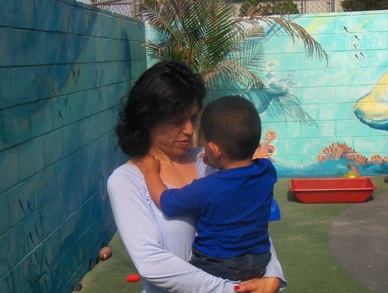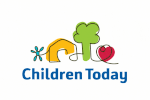 By Dora Jacildo The greatest contribution we can make to the children and families we serve is to provide opportunities for the youngest children to develop healthy attachments to the caregivers and teachers in our programs. We know that many of the children enter our classrooms with great fear, anxiety, and anger. We know that being separated from their parent can be unbearable. We also know that it is our job to respond to children in a supportive, consistent, and nurturing manner in order to begin to satisfy the innate, genetically programmed need to bond with another person. Attachment, to us, means that we’re not only providing for their basic needs of food, rest, and safety, but that we are physically, socially and emotionally invested in every child. We understand that our staff’s ability to respond sensitively and appropriately to each child’s needs is what’s most important. We also understand that our ability to develop relationships with the children and their ability to bond with us sets the stage for how future social relationships may unfold. Every child enrolled in our program is assigned a primary caregiver. This person makes it their top priority to bond with the child by being physically close to her/him and by providing all of the basic care she/he requires throughout the day. It is our goal to have the child see their primary caregiver as the person they can cling to when they are upset and want comforting, and as the person they can count on to help them get their needs met. There have been countless times when I have walked outside into the playground and found children securely and affectionately being held by their primary caregiver. For some children, it’s the only way they can make it through the day. Attachment is a huge part of our curriculum. It is a foundational component that we address every day. We simply cannot expect children to grow and thrive if we neglect the most fundamental area of human development. Theorists have suggested that “there is a critical period for developing attachment (about 0-5 years). If an attachment has not developed during this period then the child will suffer from irreversible developmental consequences, such as reduced intelligence and increased aggression.” When we think about the consequences of the disruption of an attachment between a child and his caregiver, we logically make a commitment to ensure that for any child who is enrolled in our programs, there will be someone on our staff who will be crazy about him. Comments are closed.
|
AuthorVarious members of the Children Today staff contribute to these blog posts. Archives
July 2024
Categories |
